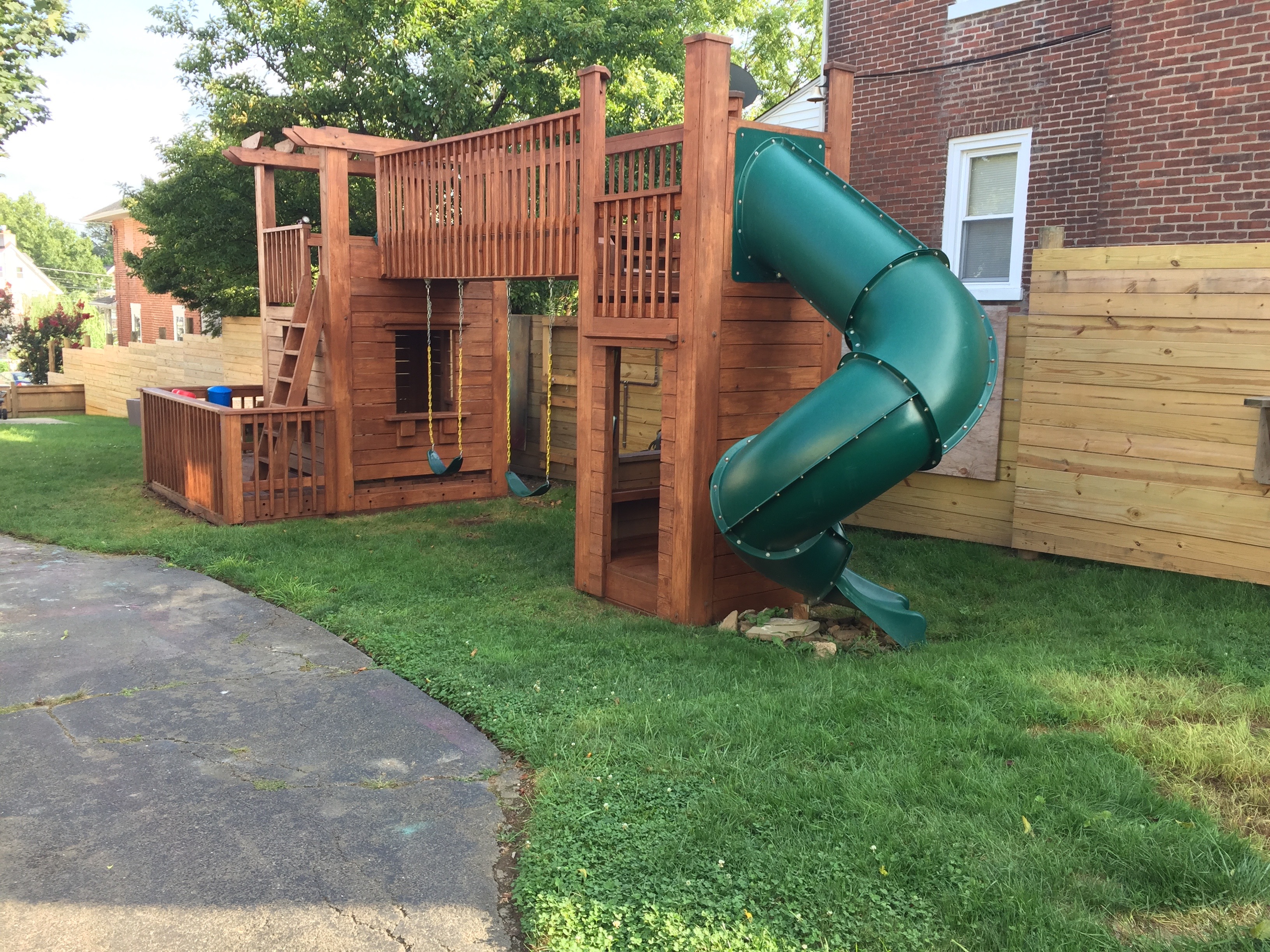
If there’s one thing I hope you get for your next DIY project out of this video it’s this: Elect yourself Facilities Manager of your own life BEFORE the storm arrives. Now, on with the show.
We worked with Briggs & Stratton on this DIY Project. The thoughts, opinions and experiences are 100% MyFixitUpLife. Power up!
We think being ready for when the storm comes is an important topic that lots of us—me and Theresa included—put on the back burner until it’s too late. That’s why we made it a DIY project instead of an “important topic”, so we’d get it done.
This year we teamed up with Briggs & Stratton for this home improvement and hopefully give you the information you need to get back up power up and running keep your lights and heat on when and if the power goes out.
How to buy a portable generator for backup power isn’t quite as easy as it might seem—you don’t just go out and get the biggest one they have left.
First of all, there are two types of portable generator. One for powering equipment like tools and the other for powering electronics at home. This second type is called an inverter generator and it runs a “clean” current that machines more sophisticated than a circular saw, which we usually use for our DIY projects, need.
Ours, Briggs and Stratton’s Q6500 runs quieter than other generators and we show you how we linked it up to run through our home’s electrical system—not extension cords—through a transfer switch. And it is quiet enough to run in the background to, say, power up a bounce house at a family gathering and still has plenty of juice to run power tools or up to 10-circuits in our home.
So, I hope you’ll elect yourself Facilities Manager of your own life and get a generator and a plan before you need one. But if you don’t, the Briggs & Stratton Q6500 can be delivered to your home when you do because it’s available at Amazon and The Home Depot.






